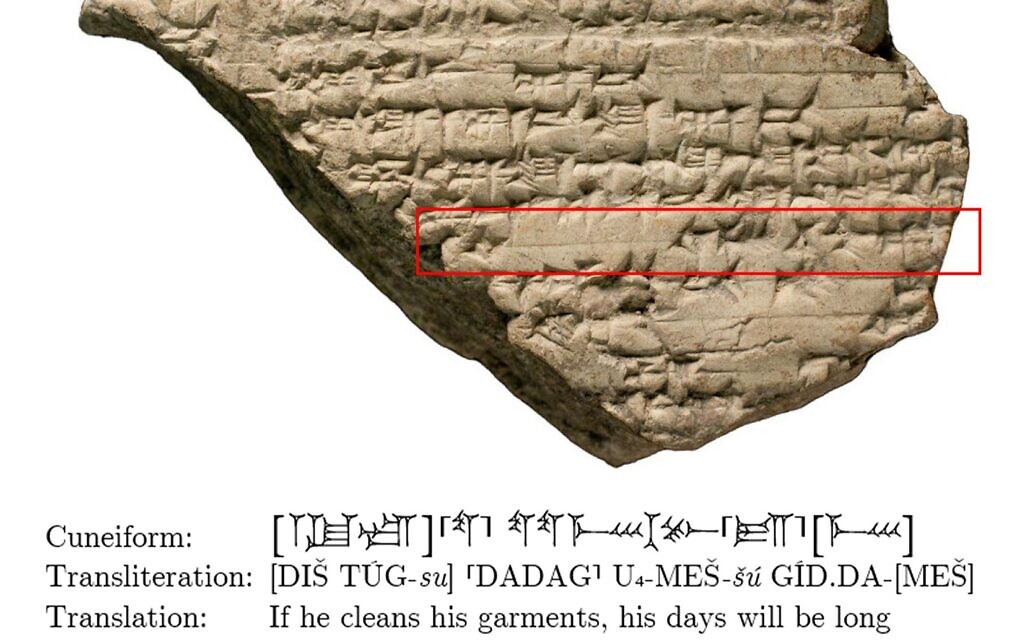A team of archaeologists and computer scientists from Israel has developed an AI-powered translation program for ancient Akkadian cuneiform, enabling tens of thousands of already digitized tablets to be instantly translated into English. The project began as a master's thesis project for Gai Gutherz at Tel Aviv University, and the program uses neural machine translation, similar to Google Translate. Akkadian was a lingua franca used in Mesopotamia and the Middle East from around 3,000 BCE to 100 CE, facilitating communication among people from different regions. Translating all the remaining untranslated tablets could expose us to the first days of history, the civilization of those people, what they believed in, what they were discussing, and what they were documenting.
이스라엘의 고고학자와 컴퓨터 과학자 팀이 5,000년 전의 메소포타미아의 아카드어 설형문자를 영어로 번역하는 AI 프로그램을 개발했다. 이 프로그램을 통해 이미 디지털화된 수만 개의 점토판을 즉시 영어로 번역할 수 있게 되었다. 이 프로젝트는 텔아비브 대학교에서 가이 구터즈의 석사 학위 논문 프로젝트로 시작되었으며, 이 프로그램은 구글 번역과 같은 신경망 번역을 사용한다. 아카드어는 약 기원전 3,000년부터 기원후 100년까지 메소포타미아와 중동에서 사용되었던 언어로, 다양한 지역의 사람들이 소통할 수 있게 해주는 공용어였다. 이 프로그램을 통해 아직 번역되지 않은 모든 점토판을 번역하면, 우리는 역사의 첫날과 그 사람들의 문명, 그들이 믿었던 것, 그들이 논의했던 것, 그들이 기록했던 것을 알게 될 수 있다.


소셜댓글